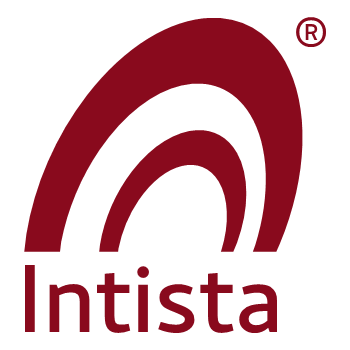Acquisition integrations are when the parent company takes over the target (acquired business), right?
Well… not exactly. There are different approaches used to merge, or integrate an acquisition. Here’s an overview of them, looking at it from our specialty of working with lower-mid and mid-size businesses (i.e. those with less than 1000 employees).
Consolidate

Consolidation is the most common form of integration, where the business functions are 100% absorbed into the parent. The identity of the acquisition can be maintained as a brand within the parent company, or may be phased-out over a period. Integrations that consolidate try to complete the majority of integration projects in a short timeline, while accepting that some projects, e.g. IT integration or healthcare benefits, will take significantly longer.
Leave Autonomous

Leave Autonomous is where the two businesses are left alone for a period of time. During this wait period, both sides will learn about each other, negotiating together how they will integrate. At some point in the future they embark upon a well-planned integration period. When completed, either
- Some of the functions of the acquired business are assumed by the parent
- Or the acquired business is Consolidated into the parent
The Roll-Up

Rolling Up is when multiple businesses are integrated together in the same market to make a single, larger business. This approach is often used by private equity firms. Roll-up integrations usually use a phased approach:
- Acquiring and holding phase, where the businesses are acquired and left generally untouched
- Integration phase. This begins with planning how to integrate, followed by integration activities that merge the businesses together
There are three main reasons for creating a roll-up: merging similar businesses, making a vertical or creating a portfolio. Each of these requires a different way to integrate them, while navigating the potential issues of former competitors now working for the same business.
Tackling the Mismatch

Tackle Mismatch is when you want to integrate two business, but there are obstacles ahead. Typically this is when:
- Business products or markets are incompatible (for example a truck company acquires a sports car company)
- The acquired company team members are all involved in so many teams that it is near impossible to match their business functions to the functions in the acquiring business
In either case, you should not try to Consolidate this acquisition. You should use Leave Autonomous: the two businesses should spend significant time learning about one another and selectively pick out the functions that can be integrated, if at all. Tackling the mismatch is making the best of a poor starting point. For the greater good, it may be better to do what you can, and settle for a partial integration.
How To Do The Integration
Before you acquire a business, you must understand how you’re going to integrate it with your current business. If the financial success of the integration is dependent upon a Consolidation approach, but then you discover that you have to use Leave Autonomous for two years, is the acquisition still viable?
To Learn More
To find out more about this topic, and how to integrate and acquired smaller business, look at our training and certification program. Certified Acquisition Integration Managers (CAIM) graduates understand how to set up, manage and report upon your integration, yourself.
This blog was originally written in June 2016, and updated in October 2023.
